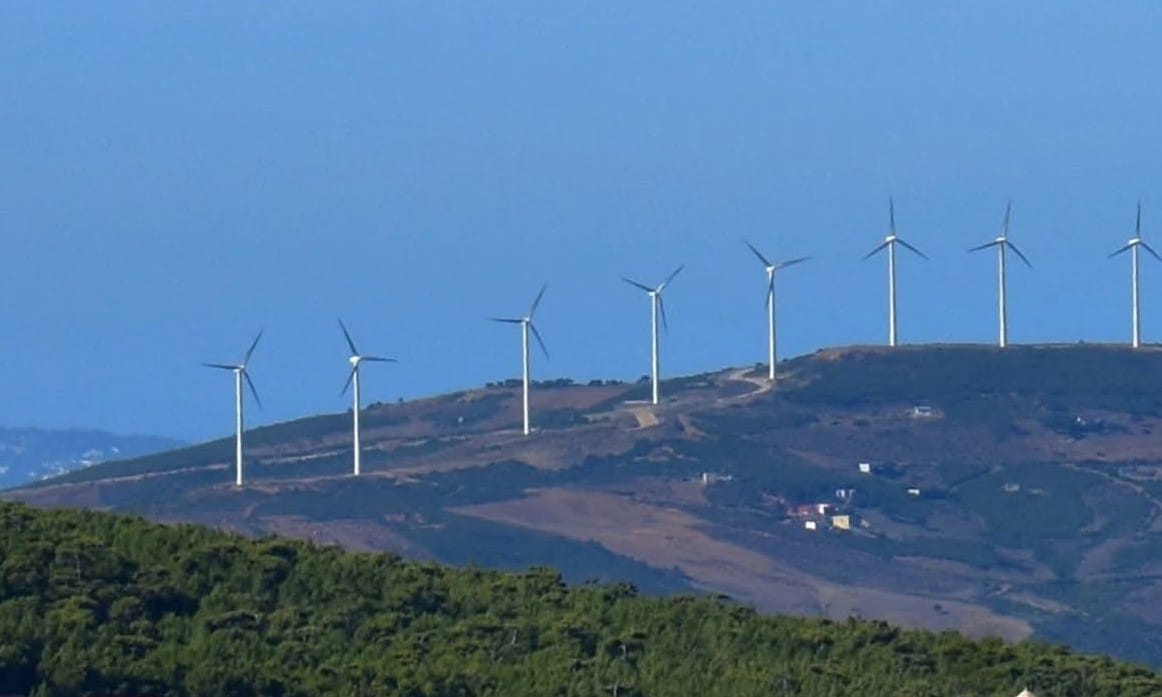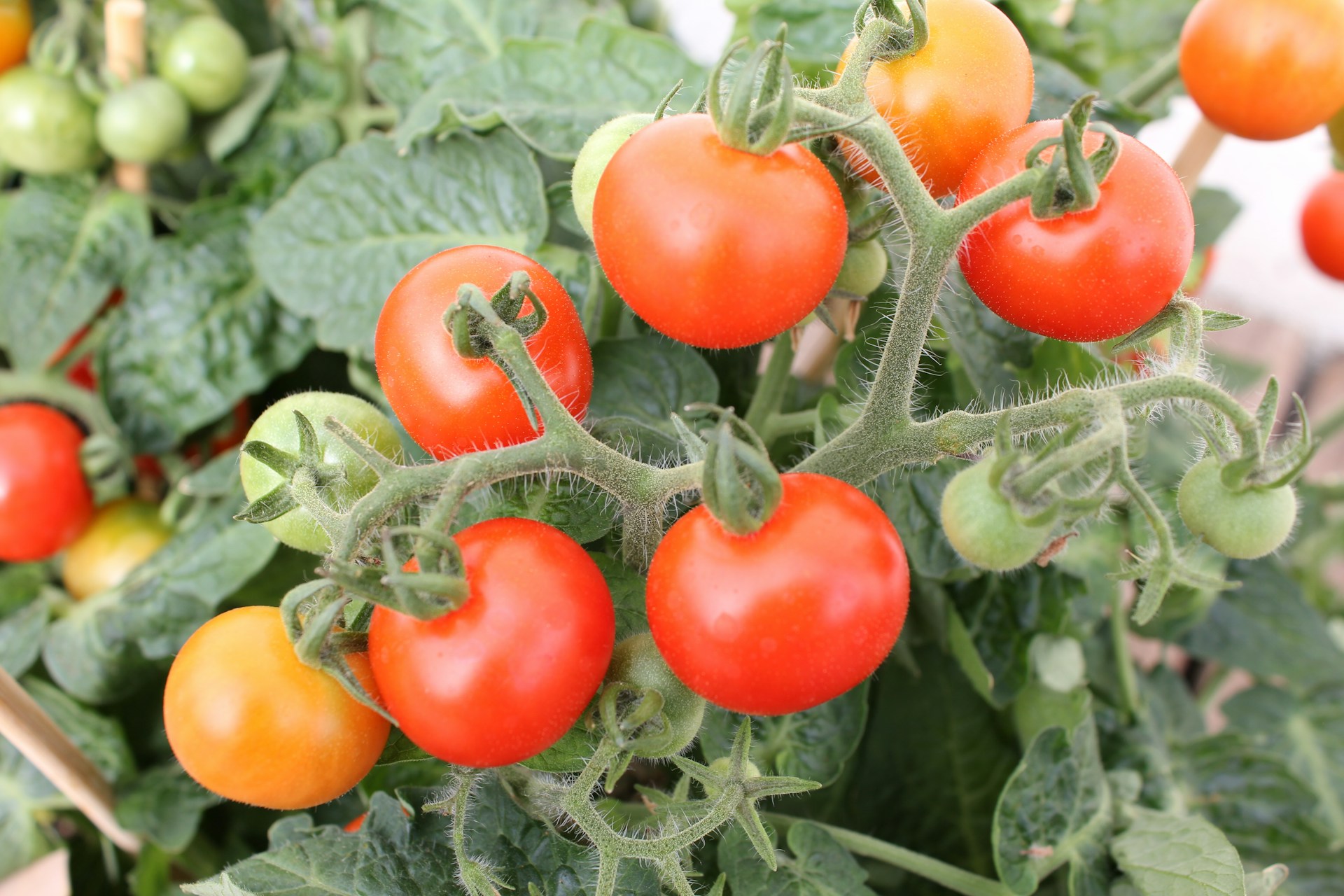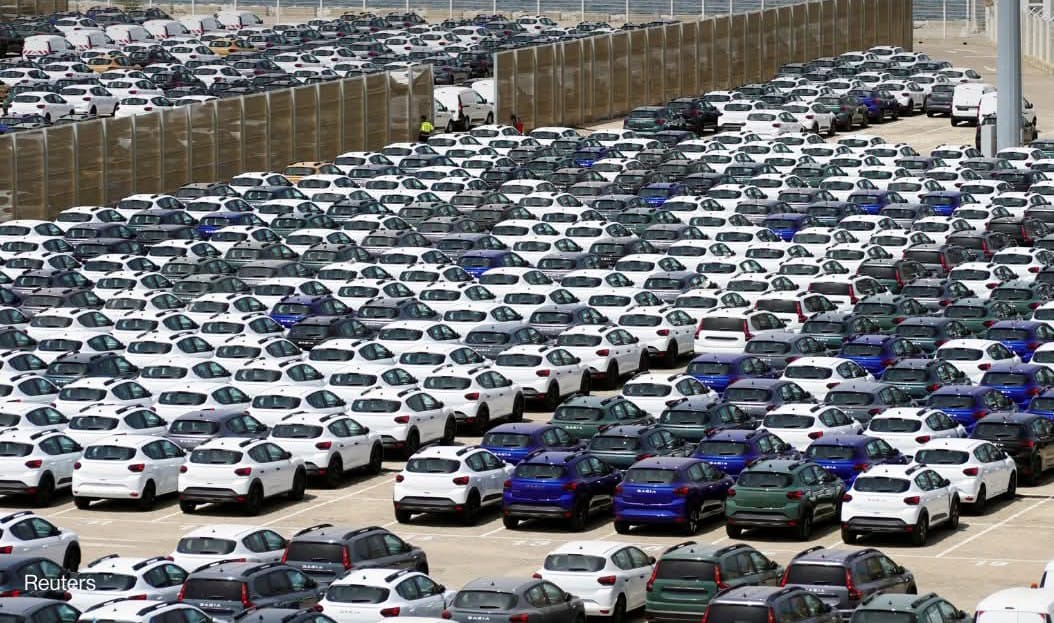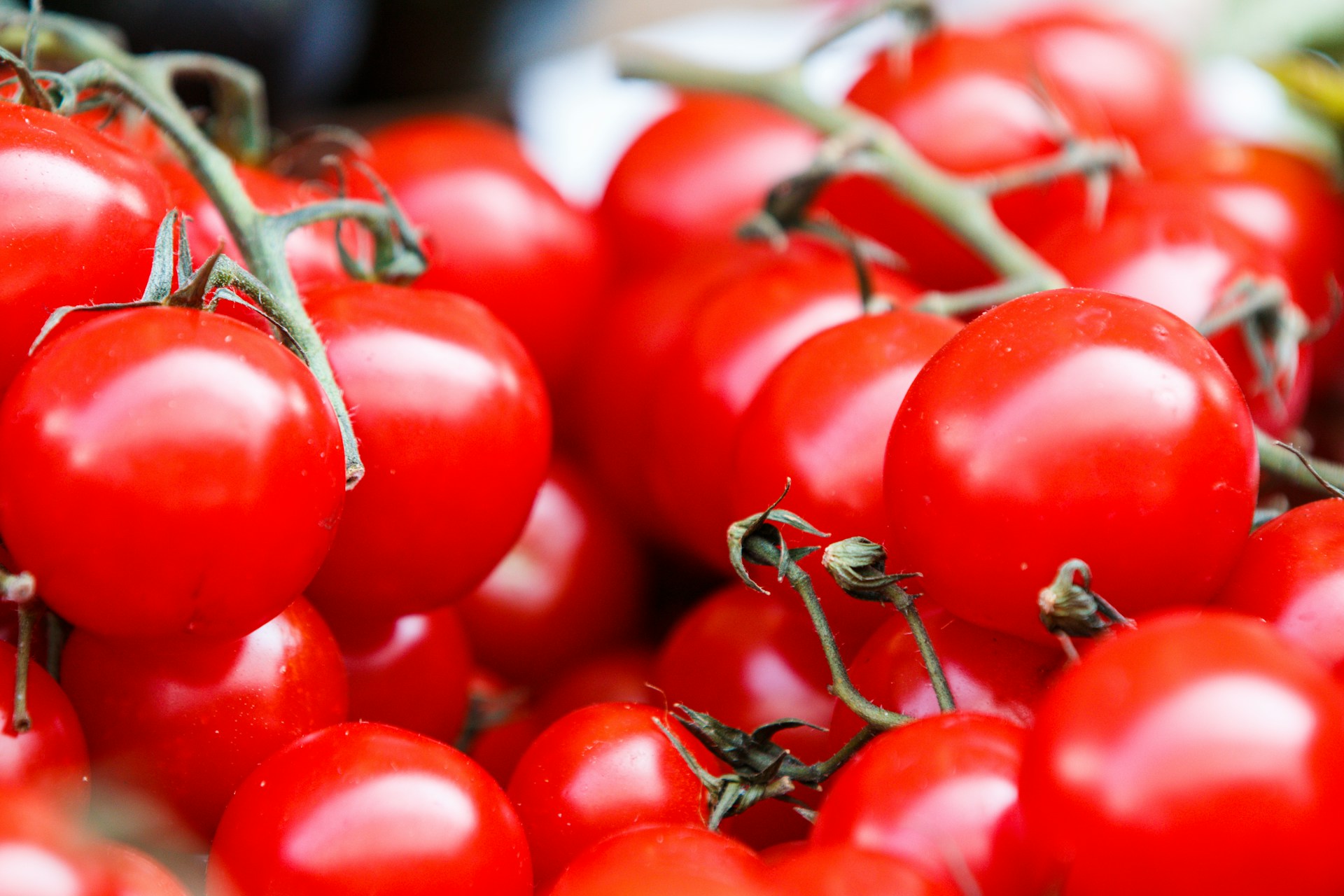Casablanca – Morocco’s tomato market is entering a period of heightened uncertainty as declining production, unstable weather conditions, and plant health challenges combine to raise the risk of significant price increases in the coming months. With the holy month of Ramadan approaching—traditionally a period of elevated demand—producers, traders, and consumers are closely watching developments in key production regions, particularly Souss-Massa, which remains the country’s main winter vegetable basin.
Over recent weeks, tomato prices have shown sharp fluctuations in wholesale and semi-wholesale markets across major cities. While weak demand has helped push prices downward in some markets, producers warn that these temporary decreases mask deeper structural issues that could drive prices up again soon. Wholesale prices at the Inzegane market, considered the national reference point for tomato pricing, have ranged between $13.50 and $19 per crate, reflecting both current supply variations and quality differences. Retail prices have responded accordingly, creating occasional confusion among consumers who have grown accustomed to rapid price changes since mid-autumn.
Producers and wholesalers explain that the current market calm is largely the result of seasonal consumption patterns rather than an improvement in production conditions. Several major cities—Casablanca, Rabat, Fez, Meknes, and Marrakech—have reported slow demand in recent weeks, contributing to temporary price relief. However, they note that such trends tend to reverse once winter cold intensifies, as low temperatures slow the ripening process, reduce daily harvest volumes, and eventually tighten supply.
Weather-related constraints remain at the heart of producers’ concerns. During the past summer, Souss-Massa was hit by extreme heat and dry conditions that affected seedling quality and limited the availability of robust plants. While the region benefits from advanced irrigation systems that reduce its dependence on rainfall, the long-term effects of prolonged heatwaves continue to impact yields. Several producers say that the number of productive plants per hectare has fallen, and that recovery may take months rather than weeks.
Adding to weather-related stress, plant health problems have emerged as another significant challenge. Harmful viruses—including the Tomato Brown Rugose Fruit Virus and Pepino Mosaic Virus—have affected farms and, in at least one case, prompted foreign authorities to block a shipment of Moroccan tomatoes. Although such incidents remain isolated, they highlight the vulnerability of early-season crops, especially for smaller farmers who depend heavily on consistent output to cover rising production costs.
Changes to phytosanitary regulations in both Morocco and Europe have also complicated the situation. Recent updates removed several chemical products previously used to protect crops, and producers say biological alternatives are insufficient to fully replace them. This has left many farmers struggling to combat plant diseases effectively, further reducing expected yields.
The consequences of these combined pressures are already visible in the market. Sweet pepper prices have reached record highs, and tomato prices—while temporarily suppressed by slow demand—remain elevated compared to typical levels for this time of year. Export volumes to Europe have been relatively low, helping keep more supply in domestic markets, but experts warn that this dynamic could shift abruptly in early 2026.
Growers in Souss-Massa expect domestic shortages to become more pronounced by February, coinciding with Ramadan. They note that despite an exceptional local season in Europe, the European market may soon feel the impact of Morocco’s production slowdown, potentially tightening competition for available quantities. Any increase in demand from foreign buyers could intensify upward pressure on prices within Morocco.
Recent flooding in some regions has further strained the supply outlook by affecting specific tomato varieties that are often used as substitutes when round tomatoes become scarce. Since Morocco does not import early-season tomatoes or peppers, disruptions in domestic production have direct and immediate consequences for consumers.
Market observers warn that the coming months could be particularly challenging, especially with the Africa Cup of Nations scheduled between December and January. Major events often temporarily boost local food consumption, adding pressure to an already delicate balance between supply and demand.
Stakeholders are therefore urging close monitoring of prices and proactive measures to ensure product availability during a traditionally sensitive period. Ramadan typically requires increased volumes of tomatoes and peppers, and any supply shortage could translate quickly into price spikes that affect households across the country.
As producers work to overcome weather-related damage, plant health concerns, and regulatory changes, the tomato market remains vulnerable to further shocks. Unless production stabilizes soon, Morocco may be heading toward a volatile beginning of the year marked by tensions over vegetable supplies and renewed public concern over food affordability.
















